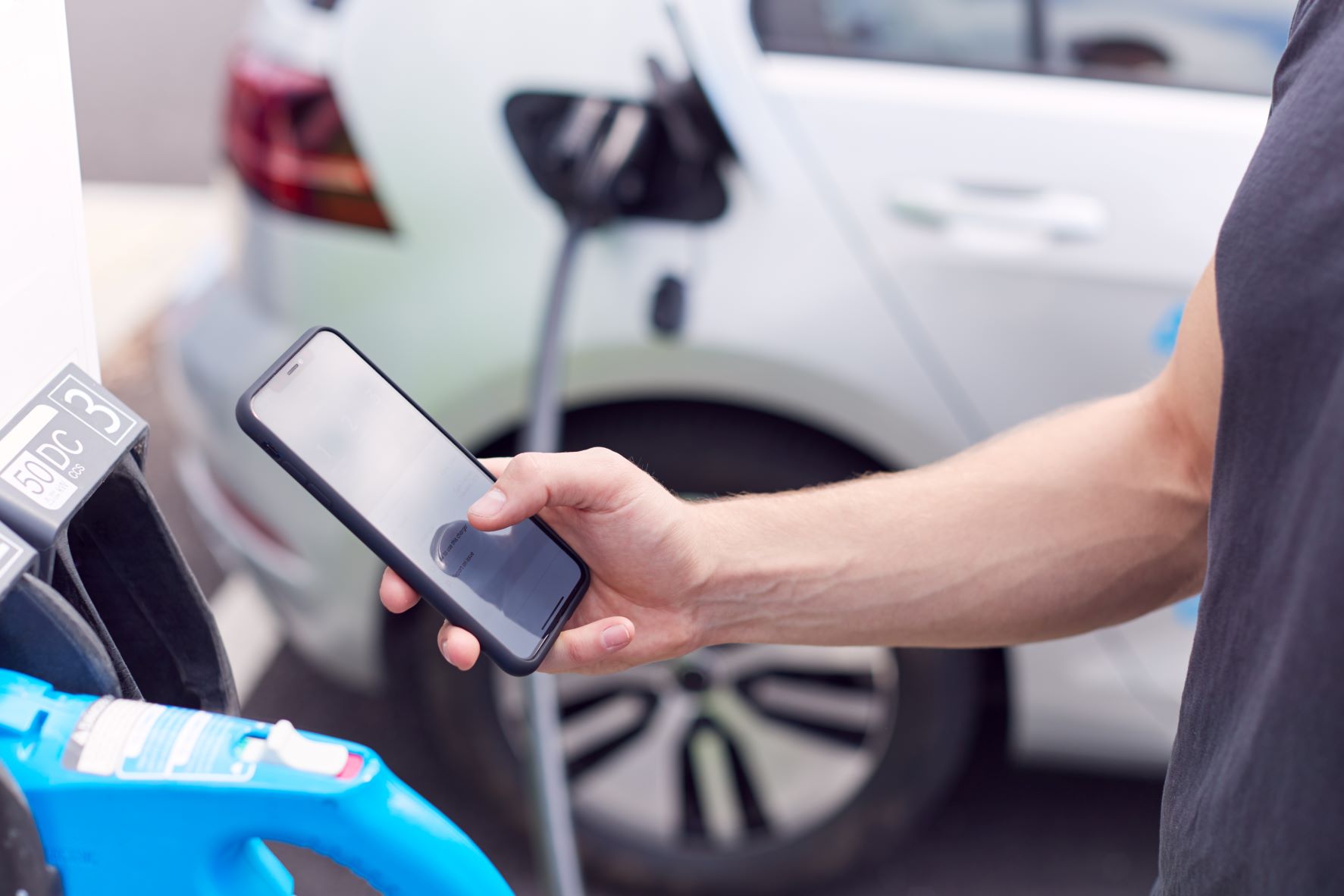If you are a condo considering installing electric vehicle charging amenities in your facility, chances are, you might be presented with 2 options; should access to your charging station be granted via an RFID card, or a mobile app?
Access to a charging station requires the user to first be identified, then authenticated, before permission is granted for the car to be connected to and pay for the charging service.
Choosing between RFID and smartphone apps for EV charging depends on the user base you plan to serve

Radio Frequency Identification Card (RFID)
Private charging stations that may not require payment or are on subscription plans, may choose to use RFID cards because they a good tool to keep your charging facility private and ensure that only authorized drivers are accessing power and taking up valuable parking spots.
It is possible to leverage on existing tenant cards to include the access to your privately controlled EV charging stations so your intended users, such as tenants, or employees, do not have to carry an additional physical card.
That said, it is not a failproof obstacle to preventing visitors from using the charging station, as long as a tenant taps them in.
Another benefit of the RFID card is the physical requirement of the user to be at the station with the car to start and stop charging. Lowering the inertia to move the vehicle out of the charging station lot so that others may in turn use the service.
RFID authentication and authorisation is also more reliable if you have poor mobile reception at your charging stations location.
However, it is time consuming to program, and will require onsite manpower to do so. Often with a change in management personnel, a lack of knowledge transfer can occur, which leads to inability of new cards to be issued with facility access.

Mobile App
On the other hand, if your condo is opening the station up to the public, you may find that consumers would prefer to use a smartphone app rather than receive another membership card to carry. Of course, they could always leave the card in the car since its need case is always with the car.
Because of the nature of the service, having a mobile app would provide a convenient and easier method of collecting payment. Smartphone apps for user authentication are simple to set up and could serve additional purposes, such as locating the charger, checking its availability, allowing your users to stop a charging session remotely and change their payment options right on their phones.
In addition to supporting pay-per-use and giving you flexibility on your pricing strategies, a mobile app is also able to provide immediate billing transparency with your users after a session is completed, and help your users keep track of their usage history. And if your property is not prepared to open its charging stations to visitors, mobile apps have the option of keeping your facility private.
It could also provide a hotline support when the charging experience is less than ideal, and promptly alert the service provider about the fault.
As electric vehicles move towards mainstream, the need for a reliable charging infrastructure will have to evolve to accommodate more users. With condos making up a part of this infrastructure, facility managers need to decide whether to join an open network or remain closed to its tenants.



